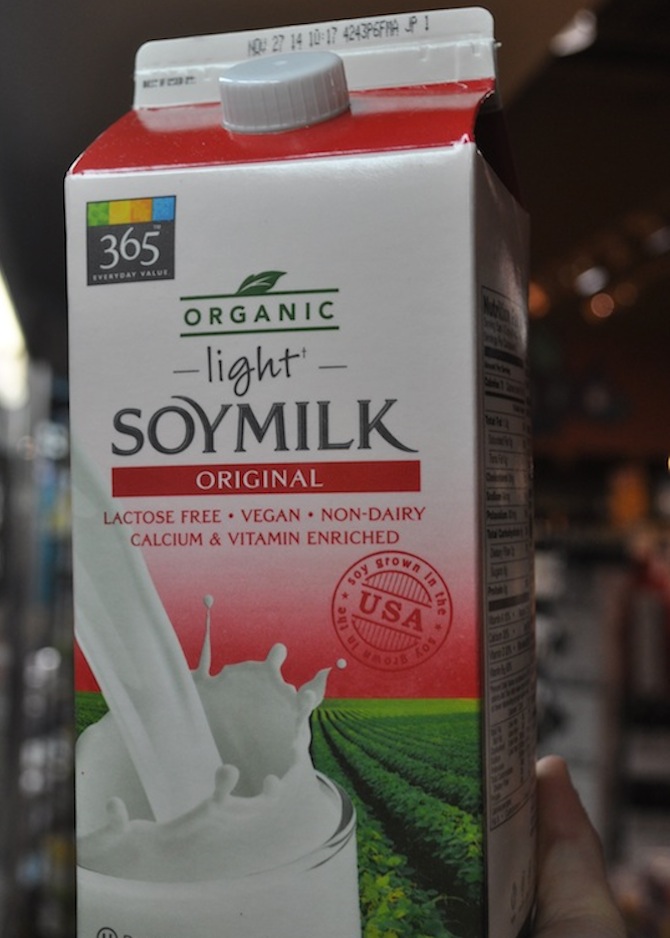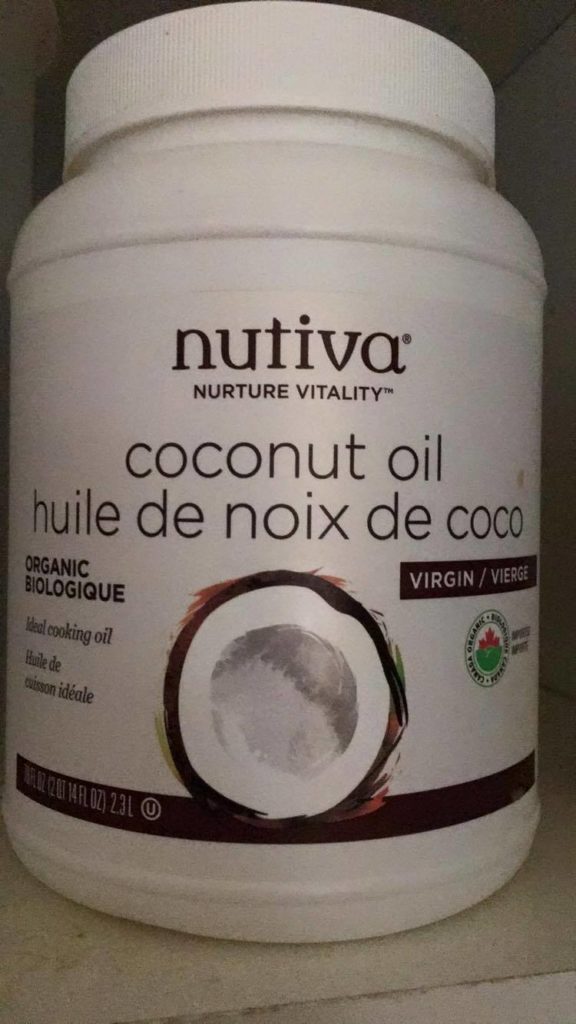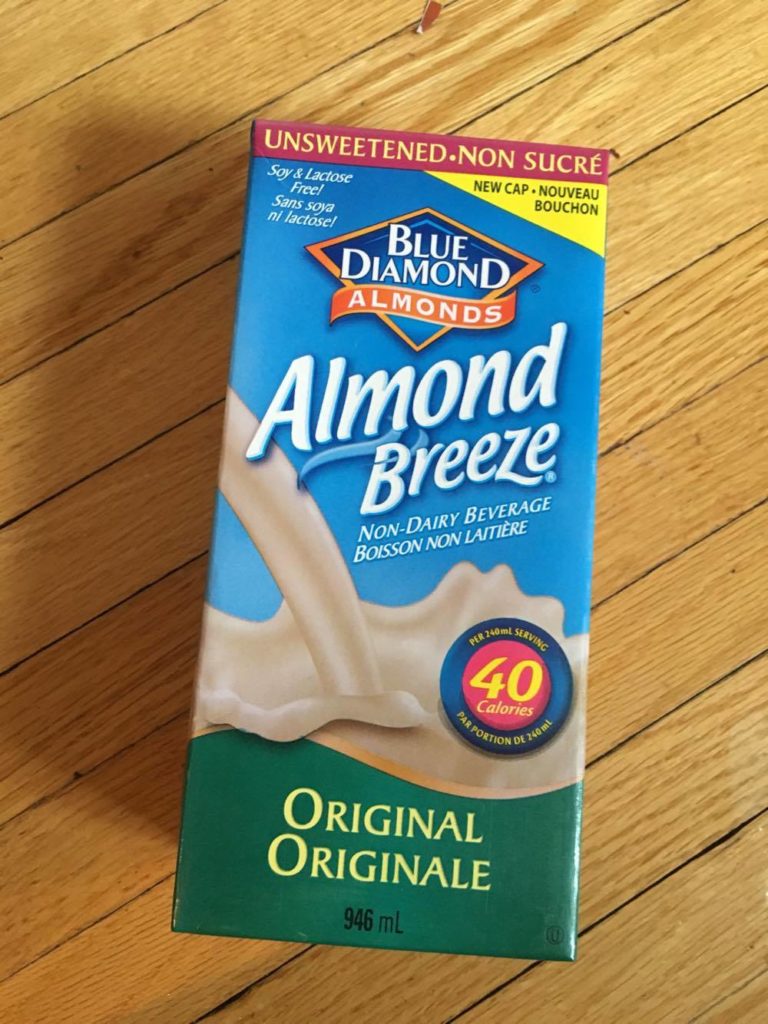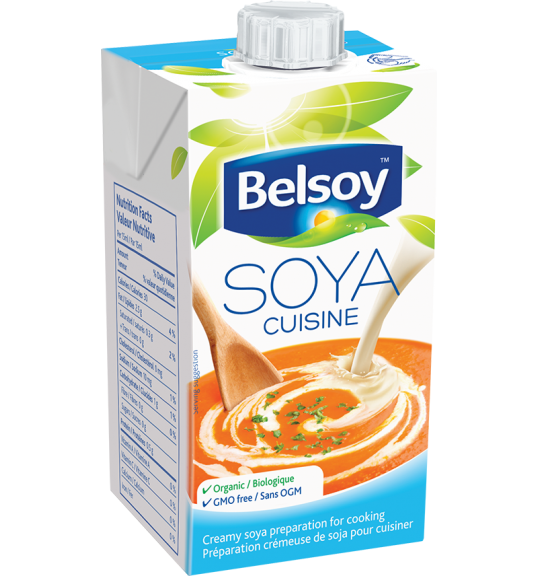After cutting out dairy from my diet a year ago, I found that I was really struggling with deciding when and where to use which milk substitutes. From cashew to rice milk, the options are overwhelming. Here are a few tips about when to use which ones.
At Starbucks

Photo Courtesy of Annie Madole
Starbucks offers a range of lactose free friendly options from soy to coconut to lactose free milk. Each of these options has some pros and cons. My go-to option is soy milk. It gives your coffee the same creamy texture as milk and foams in your latte the same way.
However, it has quite a unique taste that many dislike. My second choice would be the lactose free milk, but my biggest issue with this is that it does not heat the same rate as regular milk, therefore it is usually burning hot when you drink your latte. It also may leave you with a slightly sour taste.
Butter and Cheese

Photo by Naomi Flanagan
For years, my favorite late night snack was buttery popcorn, sometimes with sprinkled cheese on top. The best substitute that I’ve found for my movie night treat is coconut oil and nutritional yeast. The coconut oil gives the popcorn the same oily consistency and the nutritional yeast gives it that salty flavour.
Smoothies

Photo by Naomi Flanagan
This one is more preference-based since any of the dairy substitutes will work just as effectively, but my favorite one to use is almond milk. It has a subtle flavour that won’t overwhelm your smoothie like soy or cashew milk does.
Cream or Half and Half

Photo courtesy of alpro.com
One of the biggest cooking struggles when it comes to using dairy substitutes is replacing dairy in creamy dishes such as mac and cheese and soups. Your regular substitute milks such as almond, cashew, or rice just won’t cut it. Recently I’ve been using Belsoy’s Kitchen Soy cream, which is the perfect consistency for cooking.




